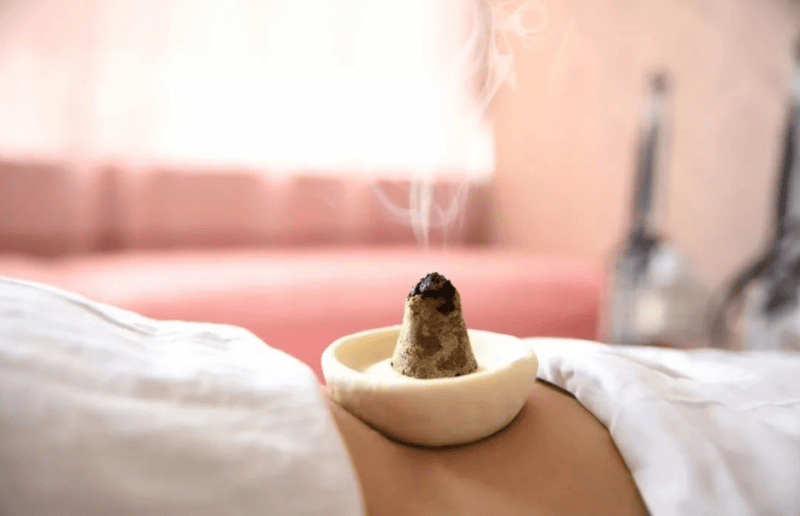Lumbar disc herniation belongs to the category of “lumbar diseases” in traditional Chinese medicine. The type of liver and kidney deficiency is a syndrome in traditional Chinese medicine, and lumbar disc herniation due to liver and kidney deficiency refers to lumbar disc herniation caused by liver and kidney deficiency. Lumbar disc herniation itself refers to the protrusion of the nucleus pulposus of the lumbar intervertebral disc from the ruptured annulus fibrosus, compressing the nerve roots, leading to pain, numbness, and dysfunction in the lumbar region and lower limbs.
Gu Yitang’s Gu Fang Yi Yuan expert introduced that in traditional Chinese medicine theory, the lumbar area corresponds to the kidneys, with the kidneys governing essence production, and essence nourishing the bone marrow. When the kidney function weakens, it may affect the nutritional supply of the bone marrow, and as “the liver and kidneys share the same source,” with the liver storing blood and the kidneys storing essence, the reduction of kidney essence leads to a decrease in blood stored in the liver, ultimately causing the major tendons in the lumbar region (fascia, ligaments, etc.) to lose sufficient nourishment, becoming lax and unable to maintain the stability of the vertebral structure, resulting in lumbar disc herniation.
In addition, the liver governs the tendons, where tendons attach to bones, and when the tendons are undernourished, the bones are undernourished, leading to bone diseases. On both sides of the lumbar vertebrae in the human body, there are major tendons. Since the intervertebral discs support, connect, and cushion the lumbar vertebrae, all body movements are connected to them. Loose tendons lack strength. This situation is a phenomenon of lack of liver blood and deficiency of liver and kidney leading to undernourishment of tendons and bones.
When this symptom of liver and kidney deficiency appears, it is a reminder that you need to adjust. Sometimes it is due to prolonged sitting or work environment factors, which can actually be prevented and adjusted.
Moxibustion is a traditional Chinese medical treatment that uses burning mugwort to provide warm stimulation on specific acupoints to regulate the body and treat diseases. For lumbar disc herniation due to liver and kidney deficiency, moxibustion on the kidney points, life gate point, lumbar Yangguan point, Huan Tiao point, Asi point, etc., can nourish kidney yin, warm kidney yang, relax tendons and collaterals, disperse stagnation and pain, and enhance immune function, thereby improving the symptoms of lumbar pain, weak knees, fatigue, and mobility disorders caused by liver and kidney deficiency lumbar disc herniation.
Gu Yitang’s Gu Fang Yi Yuan – Notes on Moxibustion
Continuing moxibustion for one hundred days will lead to improvement in lumbar disc herniation!
1. Moxibustion sites: Focus on the Asi point (lumbar pain point). For those with right leg pain, add moxibustion to the affected side of the buttocks (right Huan Tiao). Additional acupoints include Yanglingquan, Shuizhong, and Kunlun.
2. Moxibustion time: Once a day for the first month, about 15-20 minutes each time. If the effect is not significant, it can be increased to twice a day, 30-40 minutes each time. (Moxibustion time should be appropriately shortened in dry weather).
Try to end moxibustion before 9 p.m. to avoid affecting sleep. Moxibustion to regulate lumbar disc herniation must be based on syndrome differentiation, and a sufficient amount of moxibustion should be applied. With proper syndrome differentiation in moxibustion for lumbar disc herniation, half the effort yields twice the result!
Gu Yitang’s Gu Fang Yi Yuan – Commonly Used Moxibustion Acupoints
1. Shenshu
Location: Located in the lumbar region, below the spinous process of the second lumbar vertebra, 1.5 cun lateral to the midline.
Effect: Nourishing kidney yin, warming kidney yang, strengthening the lumbar and knees.
2. Mingmen
Location: Located in the middle of the back, at the depression below the spinous process of the second lumbar vertebra.
Effect: Tonifying the kidneys, regulating the lumbar spine.
3. Yaoyangguan
Location: Located in the lumbar region, at the depression below the spinous process of the fourth lumbar vertebra.
Effect: Warming the Governing Vessel, strengthening the lumbar and knees.
4. Guanyuan
Location: Located in the abdomen, 3 cun below the umbilicus on the midline.
Effect: Supplementing kidney qi, regulating the lower energizer.
5. Zhongji
Location: Located in the lower abdomen, 4 cun below the umbilicus on the midline.
Effect: Promoting diuresis, resolving edema, nourishing the kidneys, and strengthening the lumbar.
Gu Yitang’s Gu Fang Yi Yuan experts suggest that through the above moxibustion methods, the symptoms of lumbar disc herniation due to liver and kidney deficiency can be effectively alleviated, promoting body recovery. Combined with traditional Chinese medicine treatments, proper diet, and moderate exercise, overall health conditions can be improved.


